Introduction to the Victorian era fashion sensibility and its impact on sleepwear.
The Victorian era of 1837–1901, marked by Queen Victoria’s reign in Britain, was a period of immense social, cultural, and technological transformation. Fashion during this era reflected the prevailing values of modesty, propriety, and class distinction. Public appearance was carefully curated, and this attention to detail extended even into the private domain, influencing garments not typically seen by others—such as sleepwear.
Victorian fashion sensibility emphasized modesty and intricate detailing. Outerwear was often characterized by corseted waists, high necklines, long hemlines, and elaborate layers. These design principles crept into domestic clothing as well, including nightgowns and bed robes. Sleepwear of the time mirrored the era’s values. Nightgowns were full-length, made from breathable cotton or linen, and often adorned with lace, pintucks, and embroidery. Though meant for private wear, these garments were crafted with care and refinement, reflecting the Victorian belief that decorum and elegance should be maintained at all times, even in solitude.
Moreover, the Industrial Revolution played a crucial role in shaping Victorian sleepwear. Mass production and textile innovations made quality sleep garments more accessible to the middle class, allowing a wider demographic to partake in the evolving culture of domestic comfort and cleanliness. The lower classes slept in their underwear which was typically a shift or chemise.
In summary, Victorian sleepwear was a direct extension of the era’s broader fashion ethos—defined by modesty, detail, and decorum. It provides a window into how societal norms and technological progress influenced even the most intimate aspects of daily life.
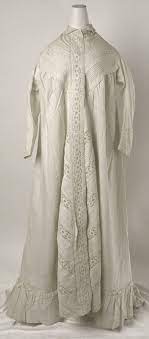
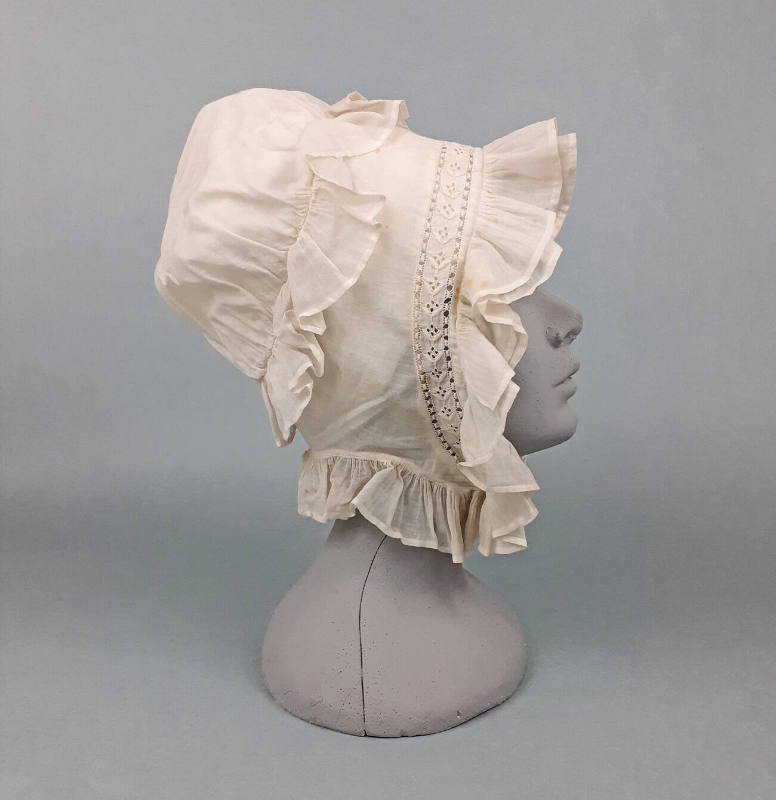
Discussing the fabric choices—luxurious silks, cotton, and linens used in crafting nightgowns.
When it came to crafting nightgowns, the choice of fabric played a pivotal role in determining both comfort and aesthetics. Each material—luxurious silk, breathable cotton, and airy linen—offering distinct benefits that cater to different preferences and occasions.
Silk: The Essence of Luxury
Silk is often considered the pinnacle of elegance in nightwear. Renowned for its smooth texture and natural sheen, silk drapes beautifully over the body, offering a soft and sensual feel.
- Benefits:
- Temperature-regulating: keeps you cool in summer and warm in winter.
- Hypoallergenic and gentle on sensitive skin.
- Naturally breathable and moisture-wicking.
- Best For:
- Special occasions or when an indulgent, romantic feel is desired.
- Individuals with sensitive skin or those seeking a touch of glamour in their sleepwear.
- Drawbacks:
- Requires delicate care—typically hand-washing or dry cleaning, can catch on rough surfaces or very dry skin.
- Higher price point.
Cotton: Comfort and Versatility
Cotton is a popular and practical choice for everyday nightgowns. It’s lightweight, breathable, and available in various weaves such as jersey, voile, and flannel.
- Benefits:
- Excellent breathability and moisture absorption.
- Durable and easy to wash.
- Suitable for all seasons depending on the weave.
- Best For:
- Daily wear, especially in warmer climates.
- Individuals prioritizing comfort and low-maintenance care.
- Drawbacks:
- Can lose softness and become thinner over time, with frequent washing.
- Less luxurious appearance compared to silk.
Linen: Naturally Elegant and Cool
Linen is a sophisticated fabric derived from the flax plant, known for its natural texture and cooling properties.
- Benefits:
- Exceptional breathability—ideal for hot climates.
- Becomes softer with every wash.
- Eco-friendly and sustainable.
- Best For:
- Summer nightgowns or those living in humid environments.
- Those who prefer a relaxed, rustic look and feel.
- Drawbacks:
- Prone to wrinkling.
- May feel coarse initially until broken in.
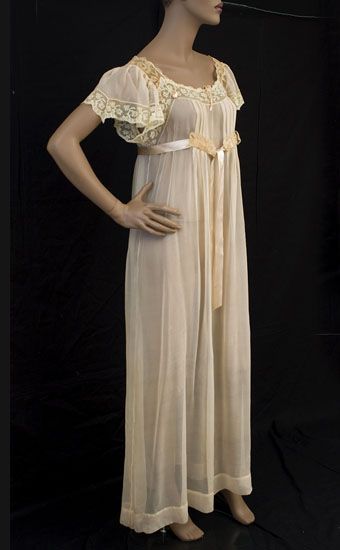
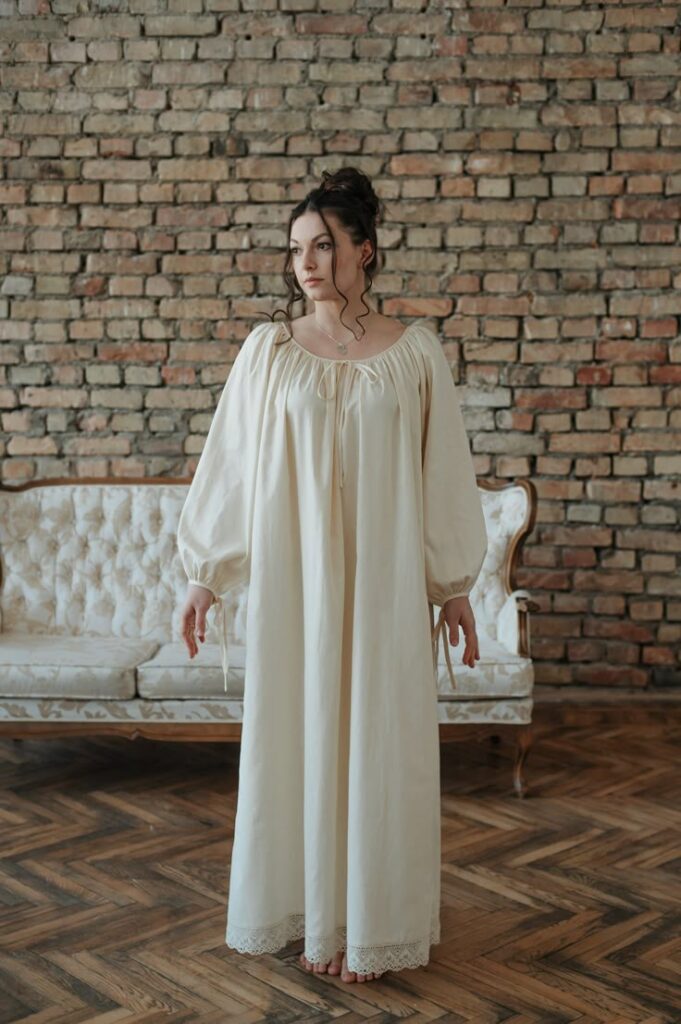
Conclusion
The ideal fabric for a nightgown depends on personal needs—whether one is seeking luxurious elegance, everyday practicality, or cool comfort. Silk brings opulence, cotton offers reliability, and linen delivers natural breathability. Designers often choose these fabrics not only for their tactile qualities but also for how they reflect the mood and purpose of the garment.
Exploring the social contexts in which nightgowns were worn and how they underscored a woman’s elegance and status.
The nightgown, far from being merely a functional garment for sleep, has historically operated as a significant cultural artifact that reflects and reinforces social norms, particularly in relation to femininity, elegance, and class. The evolution of the nightgown within different social contexts reveals how it became a subtle yet potent symbol of a woman’s status and refinement.
18th and 19th Centuries: The Rise of Private Elegance
In the 18th and early 19th centuries, the boundaries between public and private life were rigidly defined, particularly for women. However, even within the private realm of the bedroom or boudoir – as some called it, appearance and demeanor were expected to reflect one’s social standing. Nightgowns during this period were often made from fine fabrics like muslin, silk, or lawn (sheer cotton fabric), adorned with lace, ribbons, and delicate embroidery. These were not utilitarian garments—but luxurious expressions of taste and wealth.
- Social Context: Among the aristocracy and upper classes, women were frequently attended to by maids or ladies-in-waiting, but may have received visitors in semi-private spaces, while still in their nightwear.
- Symbol of Status: The elegance of a nightgown, therefore, served to maintain an image of grace and refinement even in moments of perceived informality.
Victorian Era: Morality and Modesty
During the Victorian period, cultural ideals surrounding femininity were closely tied to notions of modesty and moral virtue. Nightgowns became longer, with high necklines and long sleeves, reflecting the era’s preoccupation with chastity and domestic purity. Despite their modest designs, these garments still varied in quality and ornamentation depending on a woman’s social class.
- Social Context: The “angel in the house” ideal emphasized a woman’s role as the moral center of the home, and her attire, even in private, was expected to reinforce this image. Here are some examples of these nightdresses you can purchase through this online store today. For more authentic styles scroll through this site here.
- Elegance through Restraint: A well-crafted nightgown that was both demure and beautifully made communicated a refined sensibility—elegance achieved through modesty rather than opulence.
Early 20th Century: Hollywood Influence and Lingerie Glamour
The early 20th century, particularly the 1920’s through to the 1940’s, saw significant shifts in fashion influenced by the rise of Hollywood, and the golden age of cinema. Actresses in films often wore glamorous nightgowns that were both revealing and elegant, helping to reshape popular ideas about femininity and allure.
- Social Context: The nightgown began to move from a purely private garment to a more performative one—an accessory to femininity and sensuality in the romantic imagination. Assorted night dresses of this era may be found at Amazon as you scroll through the selections. Classic look night gowns and patterns are available online at Etsy today.
- Elegance as Aspiration: Silk, satin, and bias-cut styles popularized by stars like Jean Harlow or Rita Hayworth inspired middle-class women to emulate this style, even if only within the confines of their bedrooms.
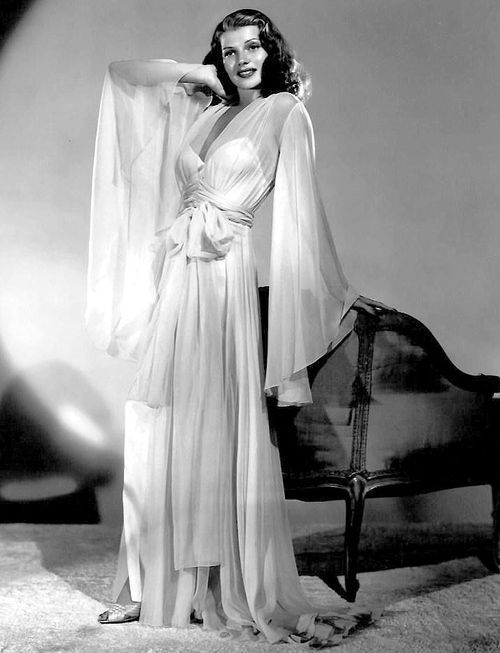
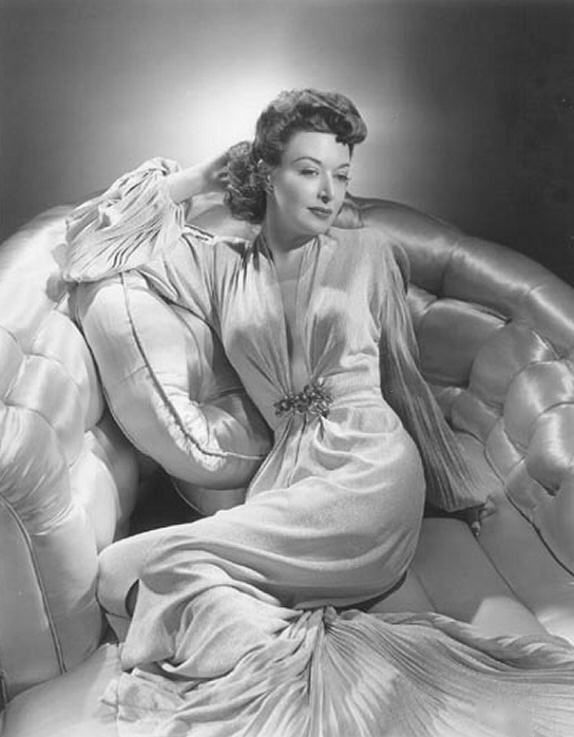
Post-War Domestic Ideal and Consumer Culture
In the 1950’s and 1960’s, the idea of the suburban housewife was reinforced through a booming consumer culture. Lingerie and nightwear were marketed as ways for women to remain attractive and elegant for their husbands, blending traditional domestic roles with post-war notions of glamour.
- Social Context: The bedroom became a more romanticized space within marriage, and nightgowns were tools for performing idealized femininity within the home.
- Commercialized Elegance: Advertisements promoted nightgowns that were practical yet visually appealing, emphasizing that beauty was a constant responsibility, even at home.
Contemporary Echoes
Though nightgowns have lost some of their traditional connotations in today’s era of loungewear and casual dress, luxury nightwear continues to carry social significance. Designer brands and influencers have reintroduced elegant nightgowns as a symbol of self-care and personal luxury, often linked to the idea of living a curated, aesthetically refined life.
- Modern Social Context: With the rise of social media and lifestyle branding, the private space of the bedroom is once again semi-public. Have a look at these styles online at Retro Stage for vintage inspired sleepwear. Post war styles are varied and can be found here at Etsy online.
- Status through Self-Care: High-end nightgowns signal not only wealth but also a commitment to wellness and intentional living.
Conclusion
Throughout history, the nightgown has served as more than a sleeping garment—it has been a reflection of societal values, class structures, and gender expectations. Whether through modest embroidery in the Victorian home or Hollywood-inspired silk in the 1930’s, nightgowns have long helped shape and express a woman’s elegance and social standing.
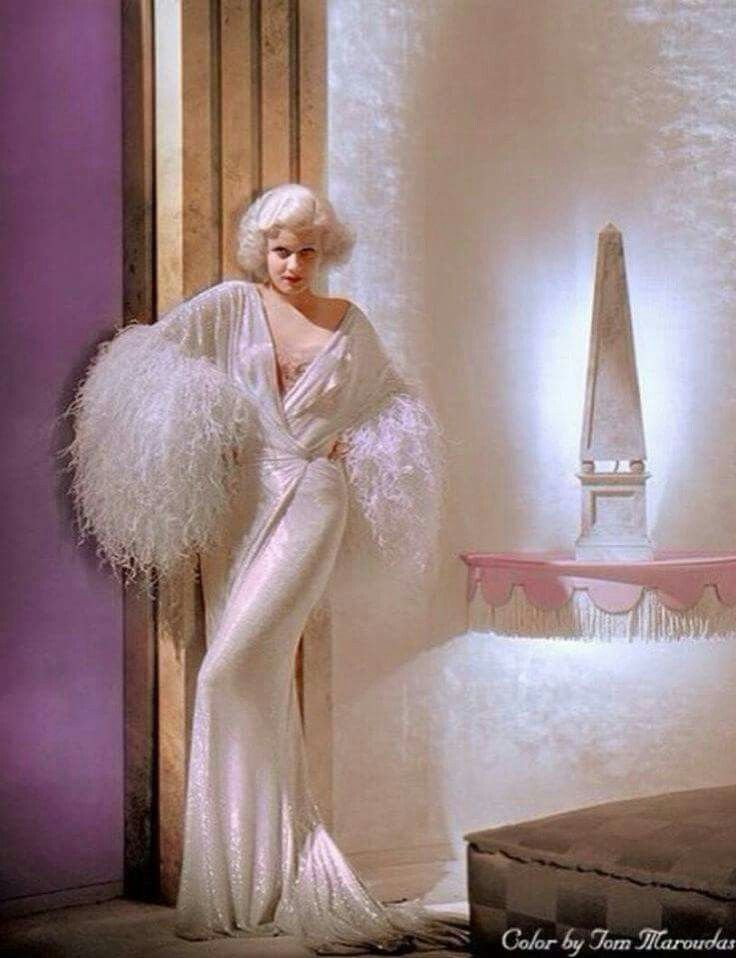
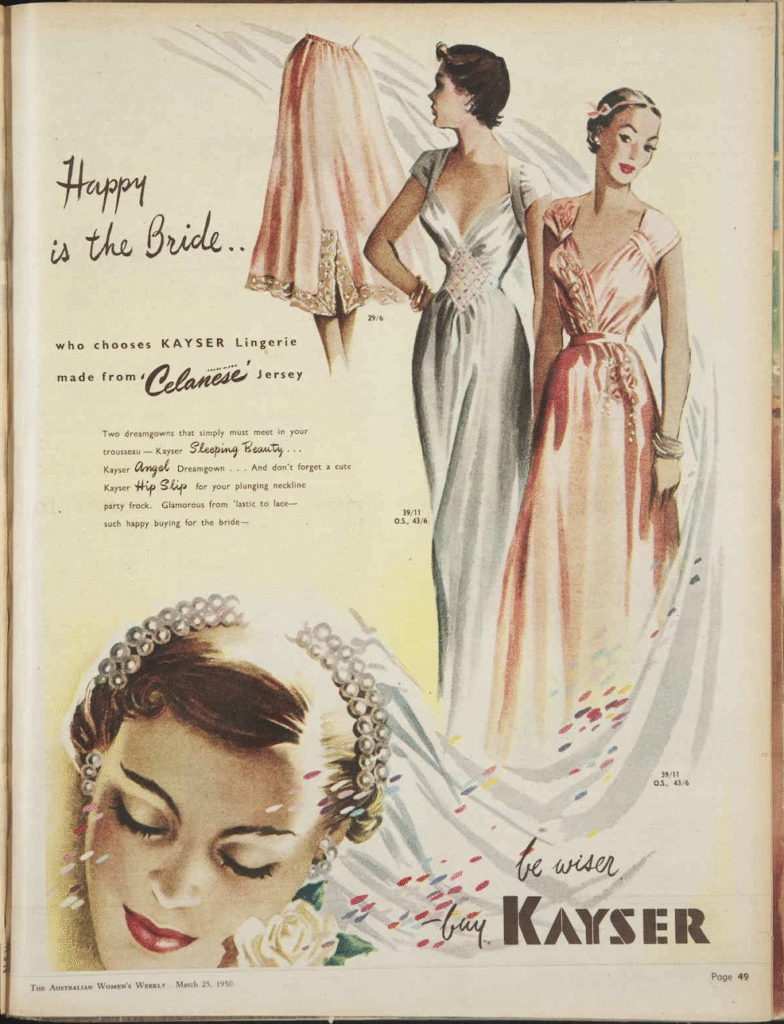
Evolving trends in Victorian sleepwear: the shift from ornate aesthetics to more functional designs as the century progressed.
The evolution of Victorian sleepwear throughout the 19th century reflects broader shifts in societal values, industrial progress, and changing attitudes toward comfort, modesty, and hygiene. The transition from ornate to more functional designs in sleepwear is emblematic of how fashion can mirror cultural and technological change. Here’s an overview of that progression:
Early to Mid-Victorian Sleepwear (1837–1860’s): Ornate and Symbolic
- Aesthetic Emphasis: Early Victorian sleepwear was heavily influenced by the broader romanticism of the era. Nightgowns for women were often made of fine cotton or linen and featured elaborate lace, embroidery, pin tucks, and ruffles.
- Symbolism and Modesty: Sleepwear was designed with modesty and femininity in mind, reflecting the moral codes of the time. High necklines, long sleeves, and full-length hems were common.
- Social Function: In wealthier households, nightwear could be a marker of status. Dressing gowns and morning robes were richly decorated and worn in semi-public domestic settings (e.g., breakfast with family), functioning as transitional garments between bed and day-wear.
- Men’s Sleepwear: Men typically wore long nightshirts, also modest in design, sometimes with matching nightcaps. These were functional but often made from fine fabrics that suggested affluence.
Mid to Late Victorian Period (1860’s–1880’s): Industrial Influence and Hygienic Awareness
- Textile Advancements: The Industrial Revolution introduced mass-produced textiles and garments. As a result, sleepwear became more accessible and standardized, with less emphasis on hand-sewn embellishments.
- Functional Shift: Nightwear began to prioritize practicality over display. The escalation of cotton flannel, wool blends, and simpler weaves reflected a growing emphasis on warmth, durability, and hygiene.
- Health and Hygiene: There was a rising awareness of the importance of hygiene, spurred by medical discoveries. This led to increased laundering and thus simpler, more washable designs in sleepwear.
Late Victorian Era (1890’s): Comfort and Proto-Modernity
- Streamlined Silhouettes: As Victorian fashion began to transition toward the looser and more comfortable styles that would define the Edwardian era, so too did sleepwear. Garments were cut more generously, with less restrictive detailing.
- Gendered Innovations: Women’s nightgowns became simpler, occasionally incorporating elements of the “rational dress” movement that advocated for less restrictive clothing. For men, the two-piece pajama set—borrowed from Indian dress during the British colonial period—began to replace the traditional nightshirt, reflecting both practicality and a global exchange of fashion. Assorted men’s night shirts are found online through Etsy, get your style today. Vintage pajamas of all kinds are located here also. Vintage satin pajama sets are found here online through Amazon.
- Middle-Class Influence: As the middle class expanded, there was a growing market for comfortable, affordable sleepwear for all family members. This encouraged uniformity and functionality in design, emphasizing ease of wear and maintenance. His and hers, or family pajama sets are located online, find your certain style today.
Conclusion
The transition in Victorian sleepwear from ornate to functional designs reflects a confluence of factors: the moral codes of early Victorian society, the technological advances of the Industrial Revolution, changing health practices, and shifting gender norms. By the end of the 19th century, Victorian sleepwear had laid the groundwork for the modern concept of pajamas as both comfortable and practical garments, moving away from their earlier role as showcases of social status and aesthetic refinement.
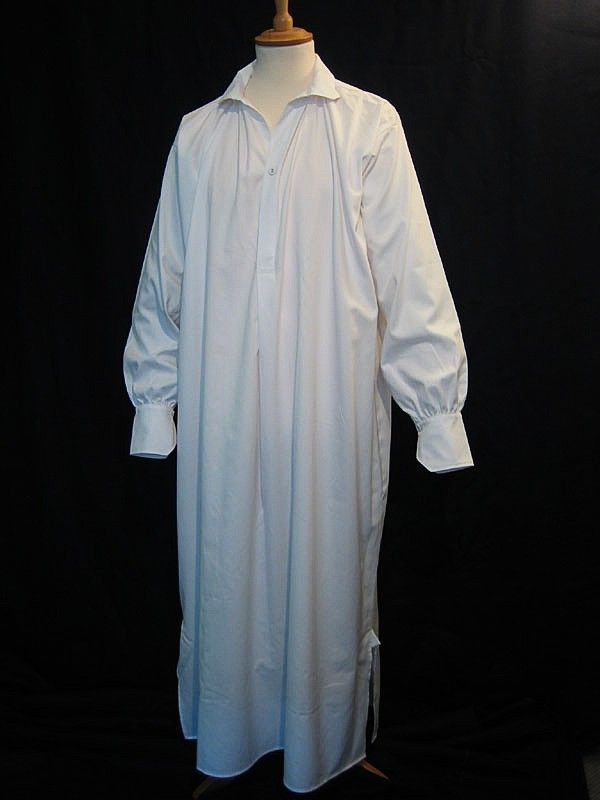
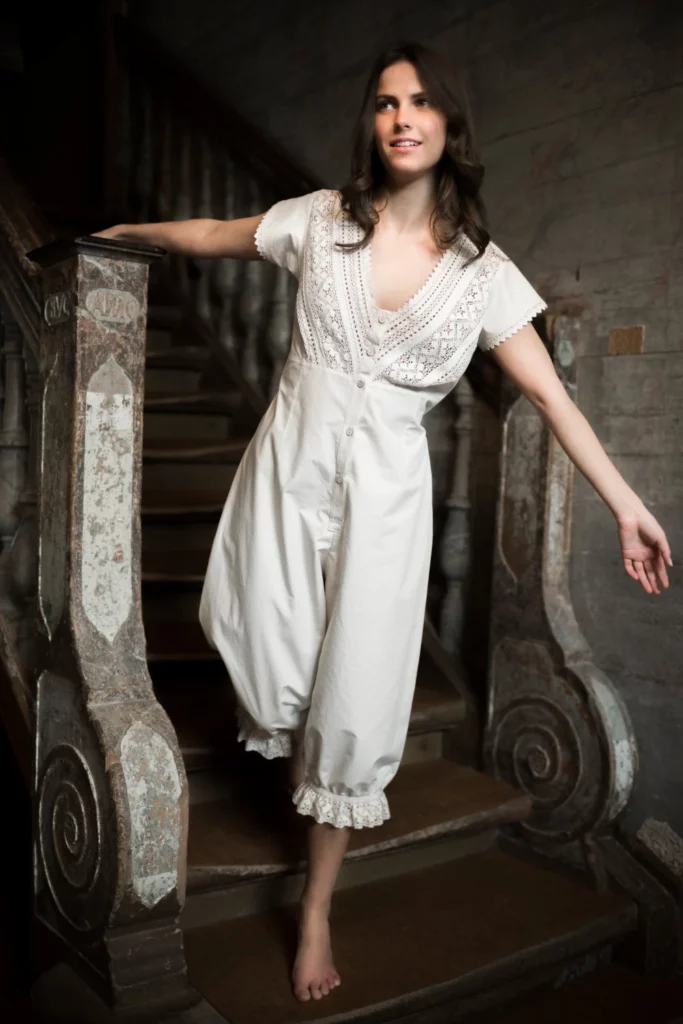
How Victorian nightgowns reflect the cultural and social norms, highlighting women’s roles and expectations during that period.
Victorian nightgowns offer a fascinating lens through which to view the cultural and social norms of the 19th century, particularly regarding gender roles and expectations for women. These garments were more than mere sleepwear—they embodied ideals of femininity, modesty, class, and domesticity that were central to the Victorian worldview.
Modesty and Femininity
Victorian society prized modesty, especially for women, and this was reflected even in private garments like nightgowns. Most Victorian nightgowns were long, high-necked, and made from opaque materials like cotton or flannel. They often featured lace, ruffles, and delicate embroidery—feminine details that reinforced the ideal of the “pure and gentle” woman. These embellishments, while beautiful, were also meant to ensure that women remained visually pleasing and modest at all times, even in sleep.
Implication: Women were expected to maintain an image of decorum and restraint constantly. The emphasis on modesty reflects how society sought to control and define femininity.
Domestic Ideals
Victorian women were idealized as the “angel in the house”—nurturing, moral, and devoted to home life. The nightgown, worn in the privacy of the domestic sphere, became part of this identity. It represented comfort and nurturing qualities, aligning with the expectation that women were caretakers of the home and family.
Implication: Nightgowns, as part of domestic attire, reinforced women’s roles as homemakers and their identity as moral centers of the household.
Class and Status
The material and embellishments of nightgowns also signaled social class. Upper- and middle-class women had the means to wear finely made nightgowns with lace and expensive fabrics, while working-class women often wore simpler, cheaper and more practical versions. Well-made nightwear suggested leisure, refinement, and the ability to adhere to social rituals around propriety—even at bedtime.
Implication: A woman’s nightwear could signal her family’s wealth and her adherence to class-based norms of propriety and refinement.
Control and Conformity
Nightgowns were part of the broader Victorian preoccupation with regulating women’s bodies and behavior. The expectation that women should dress a certain way—even when asleep—illustrates how deeply ingrained these norms were. The physical restrictions of tight sleeves and high necklines mirrored the figurative constraints placed on women’s freedoms and choices.
Implication: The design of nightgowns symbolized the societal control of female bodies and reinforced a culture of compliance and passivity.
Sexuality and Innocence
While marriage was one of the few paths to social power for women, Victorian ideals demanded that a woman present herself as chaste and innocent, especially before marriage. Nightgowns—innocuous, unassuming, and modest—helped cultivate this image. Even bridal nightwear adhered to these ideals, often being white to symbolize purity.
Implication: Nightgowns contributed to the idealization of female sexuality as something passive and hidden, only permissible within the bounds of marriage.
Conclusion
Victorian nightgowns were deeply symbolic garments that reflected the era’s cultural and social norms. They were part of a larger system of dress and behavior that dictated women’s roles, reinforced gender hierarchies, and maintained the social order. Through their design, use, and symbolism, these nightgowns helped construct and perpetuate the image of the ideal Victorian woman: modest, domestic, morally upright, and class-conscious.
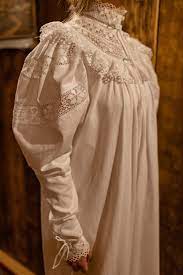
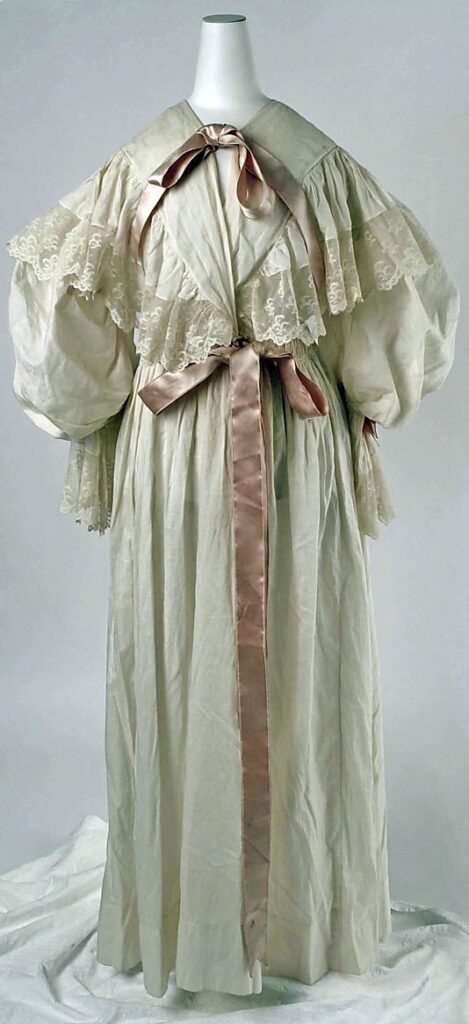
Enduring legacy and influence of Victorian nightgown designs in contemporary sleepwear fashion.
The enduring legacy and influence of Victorian nightgown designs in contemporary sleepwear fashion are both profound and multifaceted. These influences manifest in aesthetic choices, fabric preferences, and cultural associations tied to femininity, modesty, and nostalgia.
Timeless Silhouettes and Romantic Aesthetics
Victorian nightgowns were typically long, flowing, and modest garments made from breathable, natural fabrics like cotton or linen. Modern sleepwear often draws from these silhouettes, featuring:
- High necklines
- Puffed or bishop sleeves
- Ruffled or lace trims
- Full-length hemlines
This romantic and ethereal style has been reinterpreted by contemporary designers to evoke vintage charm while offering comfort and elegance.
Modesty and Femininity
Victorian nightwear emphasized modesty, often with high collars and long sleeves. Today, these elements are reimagined in minimalist or boho-chic collections that balance modesty with sensuality. Brands use Victorian influences to appeal to consumers interested in retro femininity, slow fashion, and cottage-core aesthetics.
Nostalgia and Cultural Revival
The resurgence of interest in historical fashion, especially through social media platforms like Instagram and Facebook, has reignited a fascination with Victorian-style sleepwear. The trend dovetails with movements like vintage fashion, grandmillennial style, and regency-core, further anchoring Victorian nightgowns in the modern fashion psyche.
Textiles and Craftsmanship
Victorian nightgowns were often handmade with intricate lace, embroidery, and pintucks. Contemporary sleepwear brands increasingly emphasize craftsmanship and sustainable materials, echoing the Victorian focus on quality and detail. This is particularly visible in luxury and artisanal sleepwear lines.
Influence in Bridal and Loungewear Markets
The bridal industry has embraced Victorian-style nightgowns for pre-wedding loungewear and honeymoon collections. Similarly, high-end loungewear brands integrate these design elements into at-home elegance collections that blur the line between sleepwear and day-wear.
Conclusion
Victorian nightgown designs continue to influence contemporary sleepwear due to their graceful silhouettes, romantic details, and timeless appeal. This legacy is not just about aesthetics—it reflects a cultural yearning for tradition, quality, and comfort, all seamlessly woven into the fabric of modern fashion.
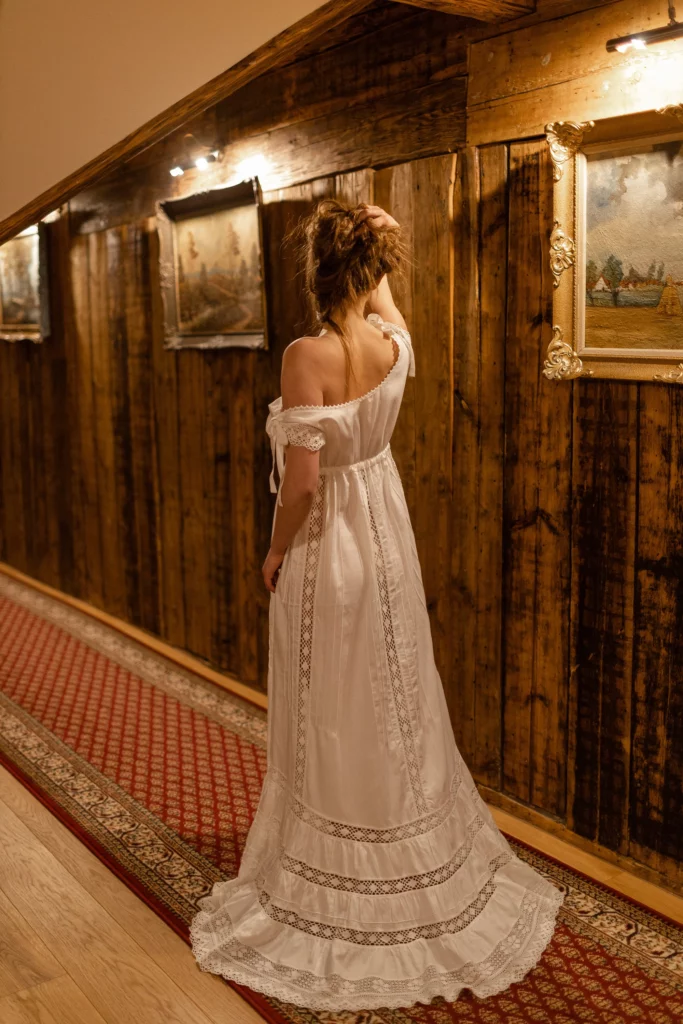
Thanks for reading my post on Victorian night dresses and chemises. They certainly have come a long way from the “all in one cover ups” of the late 1800’s.
If you have any questions or comments please leave them below or follow us on our socials.
https://www.facebook.com/vintageclothesandaccessoriesaustralia
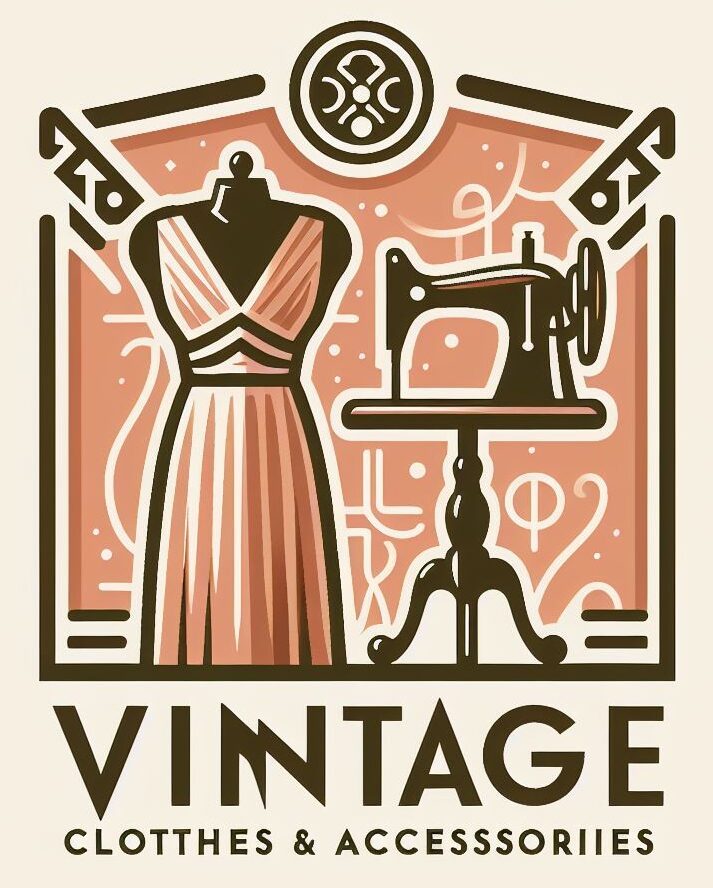
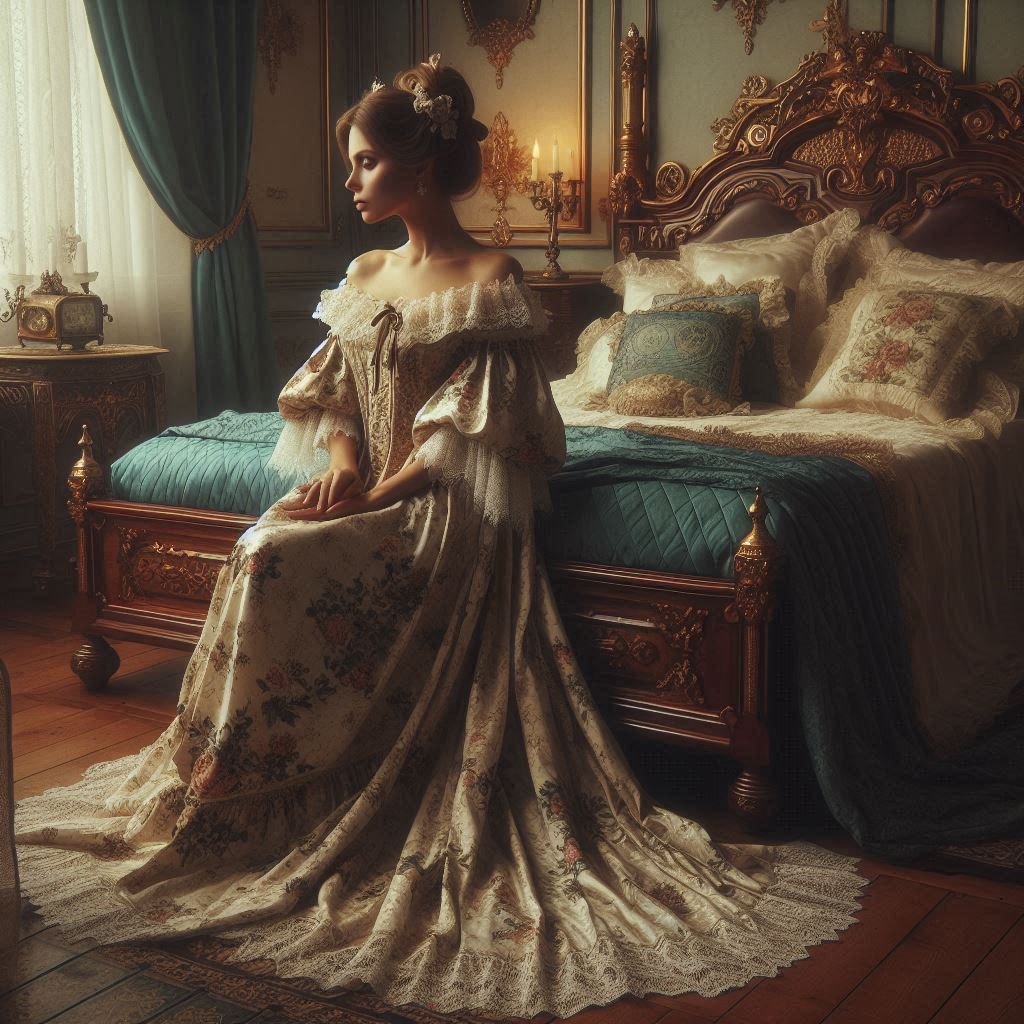
Hey an interesting post and topic this is!
This post you have here is great information for those learning about history, the topic is easily presented as well as containing easy to read points and straight to the point facts.
I like how these information can be used in today’s age too. These materials are awesome for different purposes.
Thanks again for creating such an awesome post!
You’re very welcome Sariya, glad you enjoyed it.